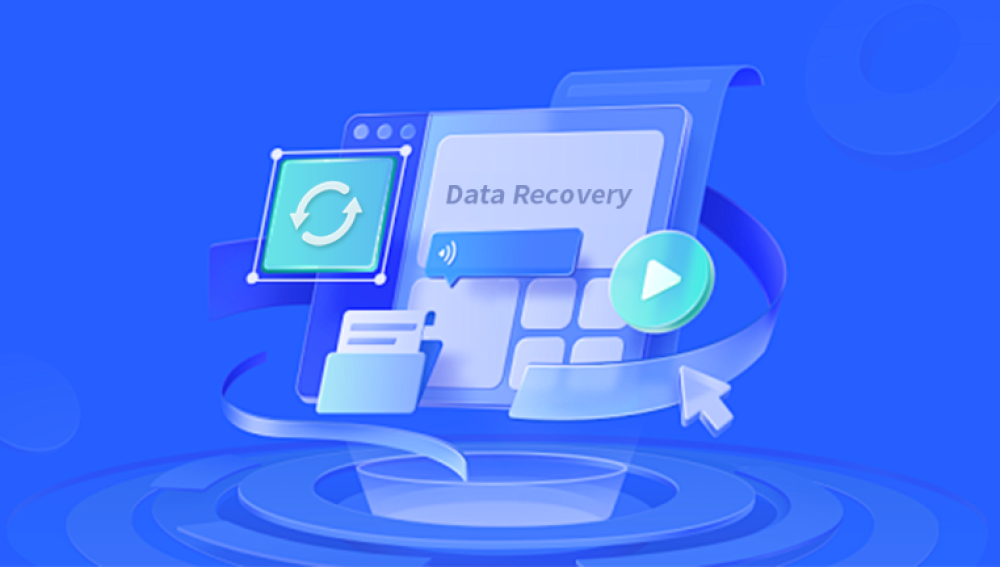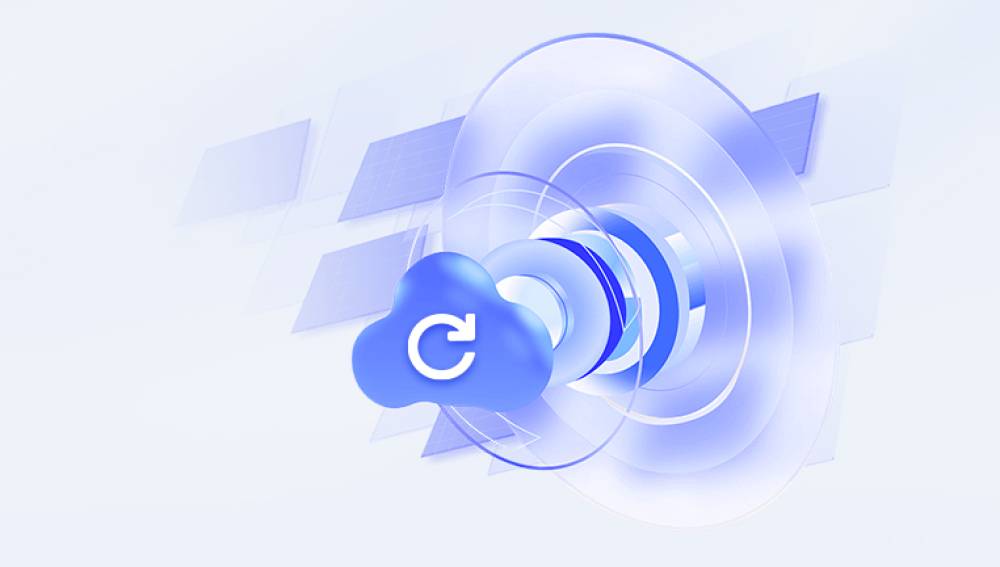Hard disk recovery is the process of retrieving lost, corrupted, or inaccessible data from a damaged or malfunctioning hard drive. Whether due to physical damage, software failure, accidental deletion, or virus attacks, recovering data from hard disks can be a critical necessity for individuals and businesses alike.
One of the most common questions that arises when considering hard disk recovery is about price. How much will it cost? What determines the cost? Why does it vary so much between providers? This guide delves into these questions and provides a comprehensive overview to help you make an informed decision.
Why Data Recovery Costs Vary So Much
The price of hard disk recovery is far from fixed. It can range from a modest fee for simple recoveries to thousands of dollars for complex cases. Several reasons explain this wide variation:

Severity and Type of Damage
Logical Damage: When the hard disk is physically intact but the data is inaccessible due to corrupted file systems, accidental deletion, or formatting, recovery is relatively straightforward and less costly.
Physical Damage: If the hard disk has suffered mechanical failure (such as a damaged read/write head or motor failure) or electronic damage (faulty circuit boards), recovery becomes more complicated and expensive.
Firmware Failure: Some drives suffer from corrupted firmware, which can require specialized equipment and expertise, increasing the cost.
Type of Hard Disk
Traditional HDDs (Hard Disk Drives) generally cost less to recover than SSDs (Solid State Drives) because SSD recovery requires specialized knowledge and tools due to their unique architecture.
Enterprise-grade or RAID arrays typically involve more complex recovery processes and higher prices.
Amount of Data to Recover
The volume of data impacts price. Recovering a few files is cheaper than trying to salvage terabytes of critical data.
Urgency of Recovery
Emergency or expedited recovery services can significantly increase costs, sometimes doubling or tripling the base price.
Service Provider and Location
Prices vary based on the provider's reputation, expertise, tools, and geographic location. Premium labs in metropolitan areas often charge more.
Typical Hard Disk Recovery Pricing Models
Data recovery services usually price their offerings through one or a combination of these models:
Flat Fee: A fixed price for basic recovery services. Usually applies to logical recoveries or cases with clear, simple causes.
No Data, No Charge: Many reputable companies use this approach — if they can’t recover your data, you don’t pay. This model builds trust but might carry higher base fees.
Tiered Pricing: Pricing based on the severity of damage, amount of data, or type of recovery required.
Diagnostic Fee + Recovery Fee: Some companies charge an upfront fee to assess the hard drive condition and then quote a price for the recovery. The diagnostic fee may or may not be refundable upon proceeding with the recovery.
Breakdown of Cost Components
Understanding what you are paying for can help demystify the pricing:
Initial Assessment or Diagnostic Fee
This covers the cost of examining the drive’s physical and logical condition using specialized tools. It usually includes opening the drive in a cleanroom environment if physical damage is suspected.
Labor Costs
Skilled engineers and technicians spend hours or days carefully extracting data. Their expertise is critical and reflected in pricing.
Specialized Equipment and Software
Advanced data recovery requires sophisticated hardware and proprietary software. Maintenance and licensing add to costs.
Cleanroom Facilities
Physical hard disk recovery often needs a cleanroom environment to open and repair drives without contaminating the delicate internals. Maintaining such facilities is expensive.
Data Extraction and Transfer
Once the data is recovered, it needs to be copied to a safe storage device. The size of this storage and the complexity of file reconstruction affect cost.
Additional Services
Some providers offer extra services like encrypted data recovery, RAID reconstruction, or file system repair, which add to the final price.
Cost Range Examples
While exact pricing varies widely, here is a general overview to give you an idea:
Basic Logical Recovery (file deletion, simple corruption)
Cost: Approximately $100 to $600
This is often a software-based recovery with little or no physical intervention.
Moderate Logical/Physical Recovery (bad sectors, minor mechanical issues)
Cost: Around $600 to $1.500
Requires more in-depth analysis, some hardware repair or replacement of parts like read/write heads.
Severe Physical Recovery (motor failure, circuit board damage, multiple failures)
Cost: $1.500 to $3.000 or more
Demands cleanroom work, extensive part replacements, and highly skilled labor.
RAID or SSD Recovery
Cost: Can exceed $3.000 depending on complexity
RAID arrays and SSDs can be particularly complex due to their architecture and data distribution methods.
Factors That Can Increase Costs
Urgency: Rush services with results guaranteed within hours often double or triple prices.
Multiple Failures: When a hard disk has multiple concurrent failures (electrical, mechanical, firmware), the difficulty and cost rise sharply.
Data Sensitivity: Highly sensitive or critical data (legal, financial, medical) might require additional precautions, increasing costs.
Encrypted Drives: Recovering data from encrypted drives may need extra steps and expertise.
Exotic or Older Hardware: Drives that are obsolete or rare can be more expensive to service due to difficulty sourcing parts.
Is Data Recovery Always Worth the Price?
The value of data recovery depends on the importance of the lost data compared to the cost of recovery. For businesses, losing customer records, financial data, or proprietary information can mean significant financial damage and operational disruption, making even a high recovery price worthwhile. For individuals, priceless photos or personal files can justify the expense.
That said, it’s critical to:
Evaluate the cost against the value of your data.
Avoid “DIY” recovery attempts if you suspect physical damage; improper handling can increase damage and cost.
Get multiple quotes from reputable providers before committing.
DIY vs Professional Recovery: Impact on Cost
Many users initially attempt software solutions to recover deleted files or logical errors using free or paid recovery software. These tools are affordable and can work for minor issues, but if the disk has physical damage, DIY attempts risk worsening the situation.
Professional recovery services involve higher fees but also higher success rates and security. The cost of professional services often reflects the risk mitigation and technical expertise they provide.
How to Minimize Hard Disk Recovery Costs
Back Up Regularly: Prevention is the best way to avoid recovery expenses. Using automated backup solutions protects data before failure occurs.
Avoid Physical Interference: Don’t open the hard drive yourself or attempt repairs unless you’re a professional.
Use Trusted Services: Avoid fly-by-night companies that charge upfront fees without guarantees.
Describe the Problem Clearly: When contacting a recovery provider, give as much detail as possible about what happened. This helps them assess costs more accurately.
Ask for No Data, No Fee Policy: This reduces the risk of paying for unsuccessful recoveries.
Choose Tiered Service Options: Some providers offer different service levels at varying prices—choose the one that fits your budget and needs.
What to Expect During the Recovery Process
Initial Contact and Evaluation: You provide symptoms and details about the hard disk failure.
Diagnostic Phase: The service provider examines the drive, sometimes charging a diagnostic fee.
Recovery Quote: Based on diagnostics, you receive a price quote.
Approval and Recovery: After your approval, technicians start the recovery.
Data Verification: Recovered data is checked for integrity.
Data Delivery: Data is transferred back to you on a storage device or via secure download.
Drive Return or Disposal: Some providers return the repaired drive; others advise disposal to prevent further failures.
Additional Considerations: Data Privacy and Security
When dealing with recovery providers, consider the security of your data. Ensure the provider has policies and certifications to protect privacy. Some providers offer secure, encrypted transfer and storage, which might come at an additional cost but is important for sensitive information.
Emerging Trends Affecting Hard Disk Recovery Pricing
Increasing SSD Adoption: As SSDs become more common, specialized recovery for these drives is growing, generally at higher prices.
Cloud Backup Solutions: Many businesses and individuals are moving to cloud backups, reducing the need for physical recovery and shifting the cost structure toward backup subscription fees.
Improved DIY Tools: Recovery software is becoming more powerful, helping reduce costs in simple cases.
Data Recovery Insurance: Some insurance policies now include data recovery coverage, potentially offsetting costs.
Final Thoughts
Hard disk recovery pricing can be complex, but understanding the key factors can help you navigate this challenge with confidence. Remember:
The complexity of the failure, type of drive, and urgency are major cost drivers.
Logical recoveries are usually affordable; physical recoveries can be costly.
Trusted, professional services with transparent pricing models and “no data, no fee” policies provide the best balance of price and success.
Preventive backup strategies remain the most cost-effective way to avoid recovery expenses.
Choosing the right recovery provider and knowing what influences cost will help ensure you get the best possible outcome for your data and your budget.




